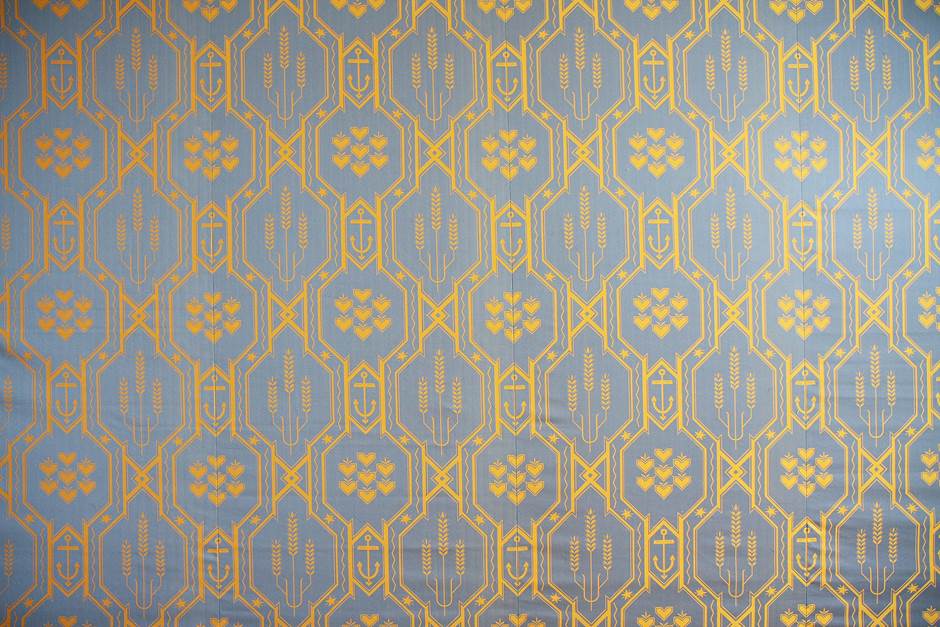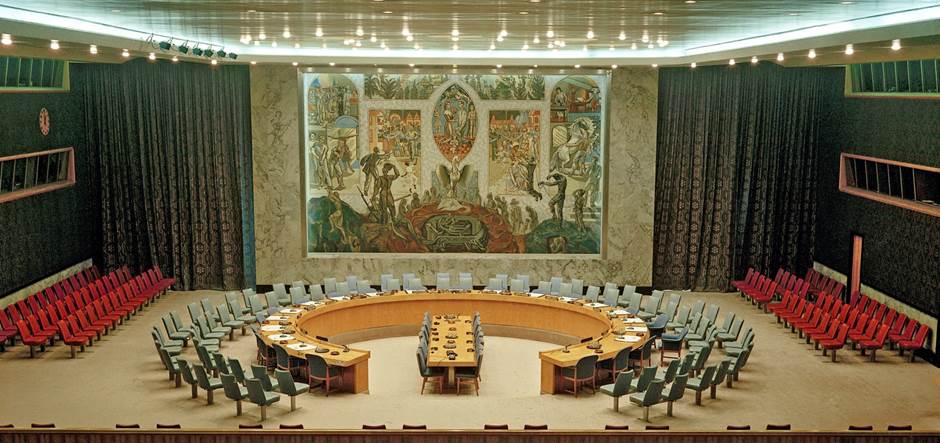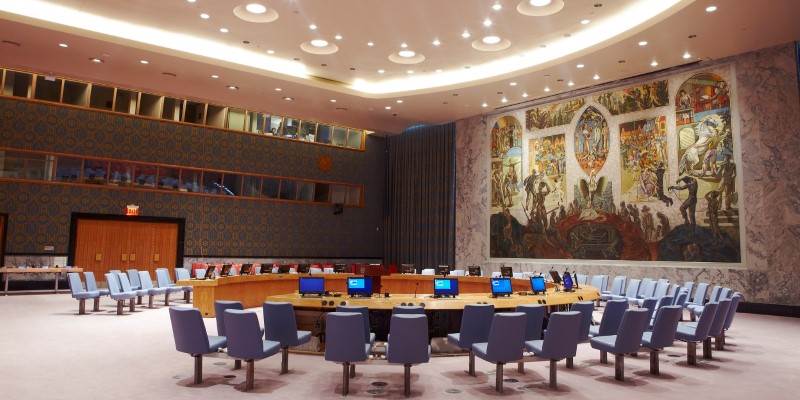The United Nations’ Security Council Chamber has been renovated after almost 60 years of faithful service. It had its grand opening in April 2013. It was returned to its original form, and has hence stood the test of time. This was also a main priority when the Norwegian architect Arnstein Arneberg planned its somewhat conservative interiors in the early 1950s.
‘My understanding of the problem was to execute a room of good, durable materials with a character, in all simplicity, which represented not only a casual taste of today, but a character so neutral that it could withstand the test of time,’ explained Arneberg to the periodical Interiors in 1952, shortly after the Chamber’s completion.
In the years that have gone by since then, this small chamber, situated in the UN Conference Building at Eastern Manhattan, has seen visits by more Heads of States and noble people than most other rooms around the world.
Read also: A renovated, unrecognizable Security Council Chamber
History
The Security Council chamber was designed by a Norwegian architect, Arnstein Arneberg, and most of the furnishings are a gift from the Norwegian Government. The decor of the room reflects the Council's purpose: to maintain the world in a state of peace. It includes straw wallpaper from Biri, and design by Norway’s Else Poulsson used in the draperies and wall coverings, showing the anchor of faith, the growing wheat of hope and the heart of charity.
Exactly how Norway and Arneberg was handed the task of financing and constructing the interiors of this very special room, is hard to trace. But in a 2005 article in the Scandinavian Journal of Design History, Ingeborg Glambek concludes that it is obvious that the first UN Secretary-General, Trygve Lie of Norway, was influential when the decision was made.

Still, the process towards decorating the chamber wasn’t always as straightforward. For example, the Norwegian produced textiles for the walls had to be fire-proofed according to local New York state regulations; and this treatment, it turned out, made the textiles shrink!
This and other challenges were eventually overcome, and the trade-mark blue walls imprinted with the yellow anchors of faith, the growing wheat of hope, and the hearts of charity are still there.

The phoenix
Due to a need to cut costs, only the front part of the room was clad in marble, framing the main attraction of the room; the oil canvas painting. The world famous picture of a phoenix rising from a world in ashes was painted by Per Krohg. It represents man's efforts to emerge from a dark past of war and slavery to a better life and a future illumined by science and the arts. The oval panel in the middle shows a man and woman, children around them, kneeling in calm and tranquility.
It is easy to think that these ashes symbolize the then recent World War II.
‘The essence of the idea is to give an impression of light, security and joy. The world we see in the foreground is collapsing, while the new world based on based on clarity and harmony can be built up,’ explained Krogh himself in 1950, before adding;
‘Thus must the work of the UN and the Security Council provide the seeds for a new and more valuable life’.
Due to fear for the painting causing delegates to lose concentration, the UN Art Panel was less convinced. But an insistent Arneberg, probably backed by Secretary-General Trygve Lie, eventually put the painting in place in time for the opening.
The Security Council Chamber in figures
- First meeting held: April 4th 1952.
- Official inauguration: August 22nd 1952.
- Dimensions: Floor space of 48 x 29 meters.
- Capacity: 120 seats for the press and 400 for the general public
(Sources: Glambek, Ingeborg 2005, 'The Council Chambers in the UN Building in New York', Scandinavian Journal of Design History, vol. 15, pp. 8-39)
See more:
- Photos from the renovation and from the reopening
- Film from the reopening 16 April 2013
- Film about the Security Council Chamber
